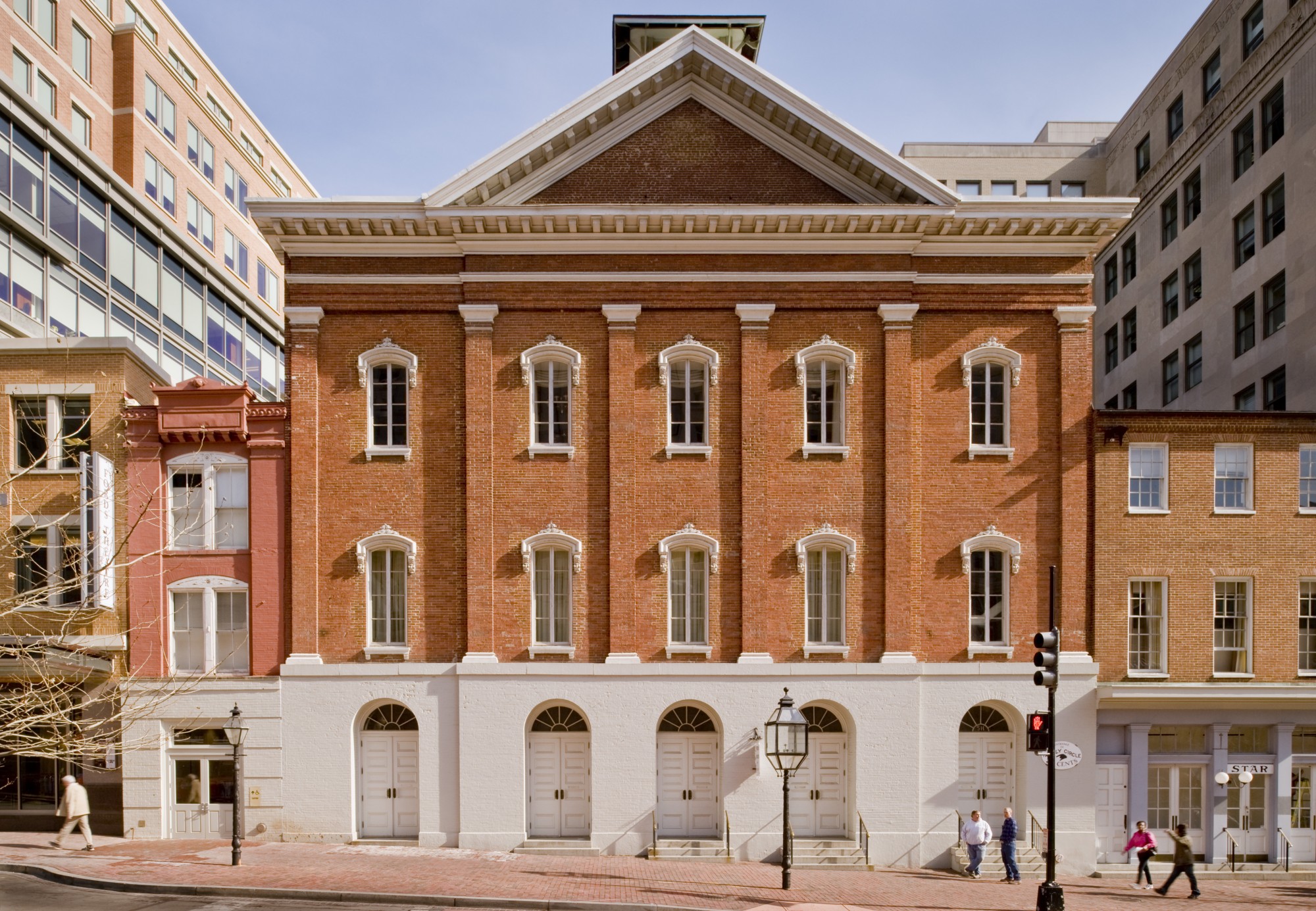
Pro Se Courts
Pro Se means to speak on one’s behalf.
A Pro Se court asks students to take a side on an issue and present evidence to support that side. A student judge will decide on who presents the best argument. This lesson demonstrates how pro se court can be used in a variety of content areas. It is particularly effective in a social studies class when getting students ready for a Document Based Question (DBQ). For example, were the states that seceded justified in doing so between 1860-61? What caused the Salem Witch Trial Hysteria of 1692? An English class may use pro se court to have students reflect on an interesting question presented in a text: Was the defendant guilty in Twelve Angry Men? Based on evidence from The Giver, what is more important, society or the individual? Etc.
Common Core Standards
CCSS.ELA-LITERACY.RH.6-8.1
Cite specific textual evidence to support analysis of primary and secondary sources.
CCSS.ELA-LITERACY.RH.9-10.1
Cite specific textual evidence to support analysis of primary and secondary sources, attending to such features as the date and origin of the information.
| LEARNING OBJECTIVES | Identify and explain evidence in a small debate setting to support their claim. |
| GUIDING QUESTIONS | How do I use evidence to support my claim? How do I use evidence to counter the claim of the opposition? |
| PREPARED BY | GRADE | LENGTH |
| KATHRYN NOTARPOLE | SECONDARY | TWO CLASS PERIODS |
Classroom Activities
- Classroom Activity One: Research
Students are assigned a role and they research their topic using primary sources. - Classroom Activity Two: Pro Se Court
Presenters share their primary arguments and then counter their opponents’ arguments. - Classroom Activity Three: Pro Se Court Wrap-Up
The student judge makes a final ruling on the best-presented argument.
Classroom Activity One
Research
Divide the class into groups of three. Either randomly assign roles (Side A, Side B, and Judge) or have students decide once they are in their groups. Once students have roles, give them their appropriate guide.
Give the students a class period to review the topic-related materials that you have provided. Side A and B compile evidence that supports their claim as well as evidence that disproves the opposition (counterargument). The judge will look through the evidence and come up with a series of unbiased questions to ask each side. These should be thoughtful questions that ask for more than a yes or no response.
Classroom Activity Two
Pro Se Court
Students move their desks to create mini courts in the room. Side A and B face each other and the judge sits off to the side facing both of them. Many courts occur at the same time. Side A has five minutes to present their claim, and then Side B has five minutes to present their claim. While Side A presents, Side B takes notes on how they want to respond during their counterargument and visa versa. While both sides are presenting, the judge keeps track of the evidence presented on their point sheet (back of Pro-Se Court Judge Worksheet).
After both sides have presented, each has three minutes to present their counterargument. After that, the judge has five minutes to ask them their questions. The judge will then have two minutes to explain which side won and why.
Classroom Activity Three
Pro Se Court Wrap-Up
Each judge needs to present to the class who they choose as the winner and why. You should keep a running tally to see which side wins overall in the class. As a class, you can discuss some of the best arguments used.
Assessment
If there is time in class, have students write their final paragraph explaining which side they personally agree with. They should cite at least three examples. If there is not time in class, this can be done as homework.
